What to plant in March – bulbs and seeds you should sow this weekend before it's too late
Here is an essential guide of what to plant in March, according to green-fingered experts
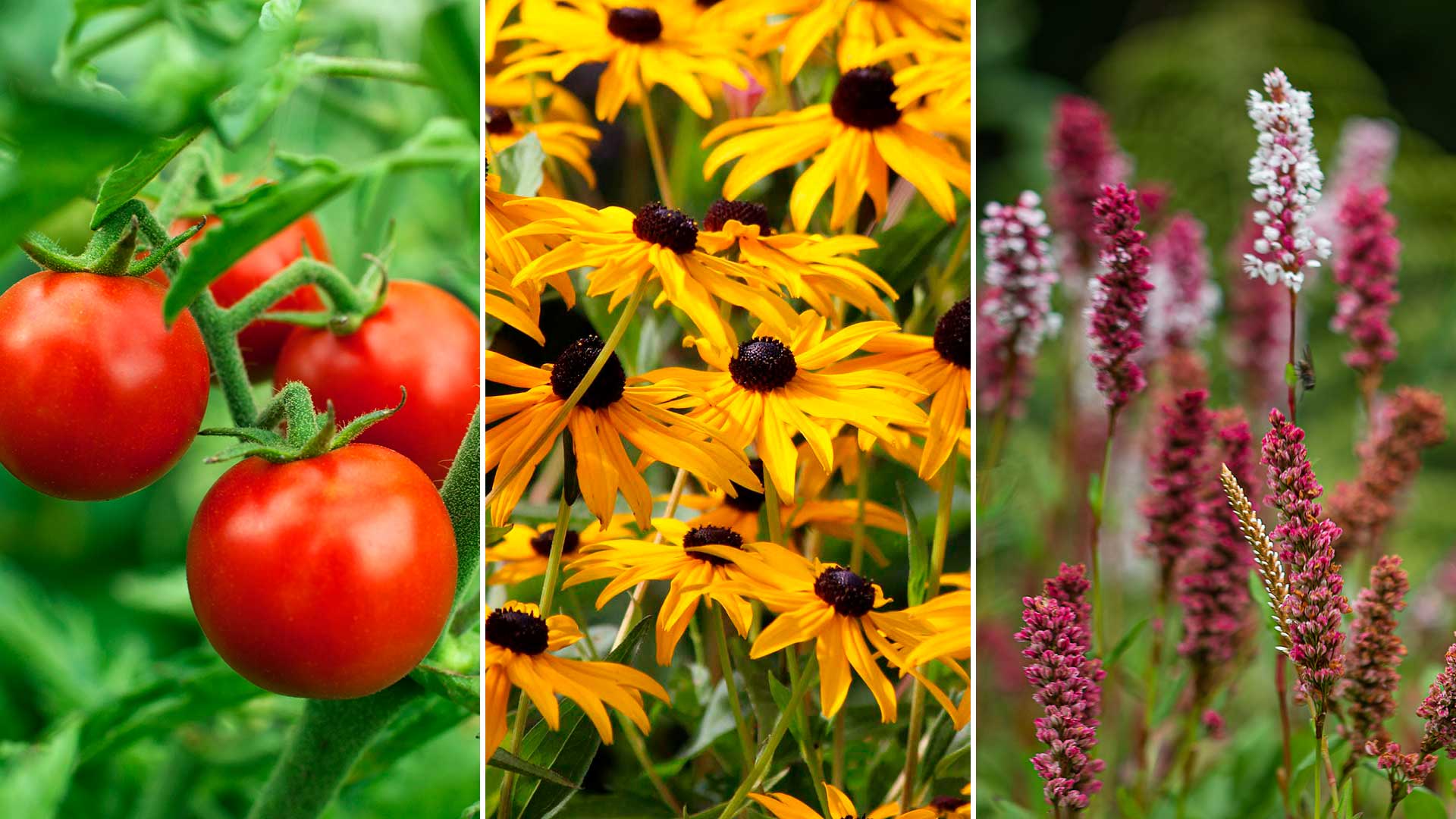

Deciding what to plant in March? There is so much to choose from, and it can be tricky to narrow your options down. Not to worry – we’re here to help.
With spring finally here, it’s time to think about the best plants for a stunning summer display and seasonal foods from vegetable gardening. Many bulbs, hardy perennials, and seeds can be planted now, including tasty edibles for your veg patch or greenhouse.
To make it easier to plan your growing endeavours this month, we chatted with gardening experts to get their advice. Below, they share their top recommendations on what to plant now, including practical tips on techniques.
8 varieties to plant in March in borders, pots, and seed trays
March is easily one of the busiest times of year in our gardens, as the weather is warmer and often the last frost falls. The first mow after winter is generally carried out now, and it’s a good time to plant grass seed, too. There are also important plants to prune in March.
Planting is probably the most important task, though, to get prepared for the rest of the year ahead. Before you get started, ensure you’ve got everything you need.
These seed trays from Amazon are a well-rated option for sowing and include lids. A sturdy hand trowel (such as this DeWit one from Crocus) is also a must-have gardening tool.
You may need a spade, such as this one from Spear & Jackson, also from Amazon, for planting larger plants in flowerbeds. A good pair of gardening gloves, like these ones from Sarah Raven, are essential, too.
Sign up for the woman&home newsletter
Sign up to our free daily email for the latest royal and entertainment news, interesting opinion, expert advice on styling and beauty trends, and no-nonsense guides to the health and wellness questions you want answered.
1. Rudbeckia
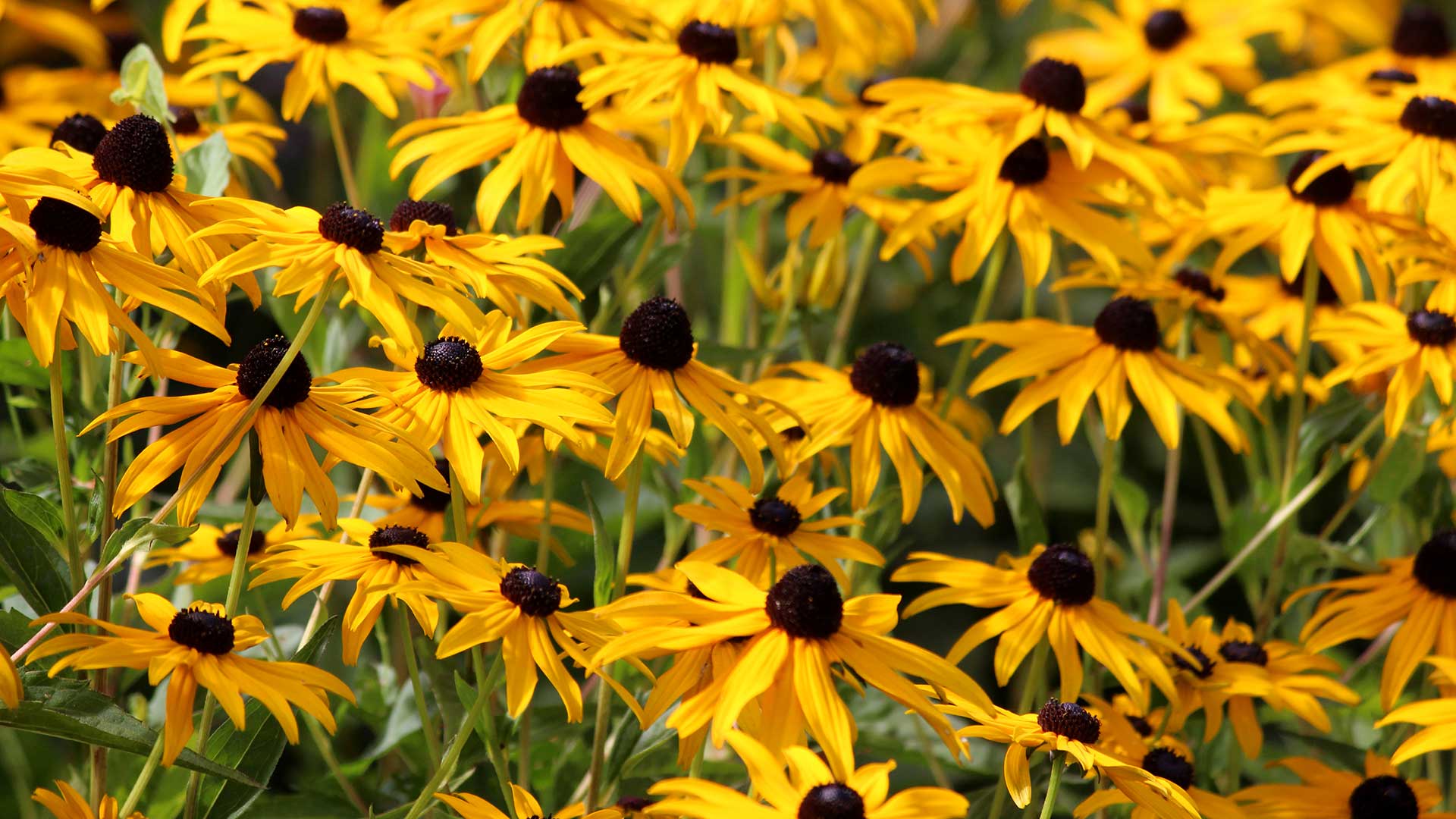
This tough perennial provides a stunning summertime display
Marcus Eyles, Dobbies’ horticultural director, says that new herbaceous perennials can be planted out now in borders and will establish in time for summer.
Pim Dickson of Mr Fothergill's Seeds says, “My favourite hard-working hardy plants suitable to plant out in March include the ever bright, cheerful, and long-flowering perennial Rudbeckia fulgida 'Goldsturm'. Once established, these colourful coneflowers will light up sunny, summer borders right through to the first frosts, year after year without fail."
Pim has some useful gardening tips for planting perennials. First, he recommends checking how much they will spread. Doing so will help you ensure the plant has the appropriate space around it to let in air and sunlight and allow it to grow.
When you’re ready to plant, Pim recommends digging a hole slightly larger than the root ball. "Agitate the soil in the bottom to give roots the best chance to grow unimpeded. In dry soils, it’s good practice to mix in some organic matter to help with moisture retention."
He also says to water the bottom of the hole before placing the root ball into it. After planting, give it a good water – this will settle the soil around the roots, he says.
You can shop potted Rudbeckia fulgida "Goldsturm" from Thompson & Morgan.

Pim has over 30 years of experience in the horticulture industry, working in roles focused on wholesale nursery plant production, international purchasing, product development and origination, horticultural content creation, and management. Pim is also a member of the Chartered Institute of Horticulture.
2. Persicaria
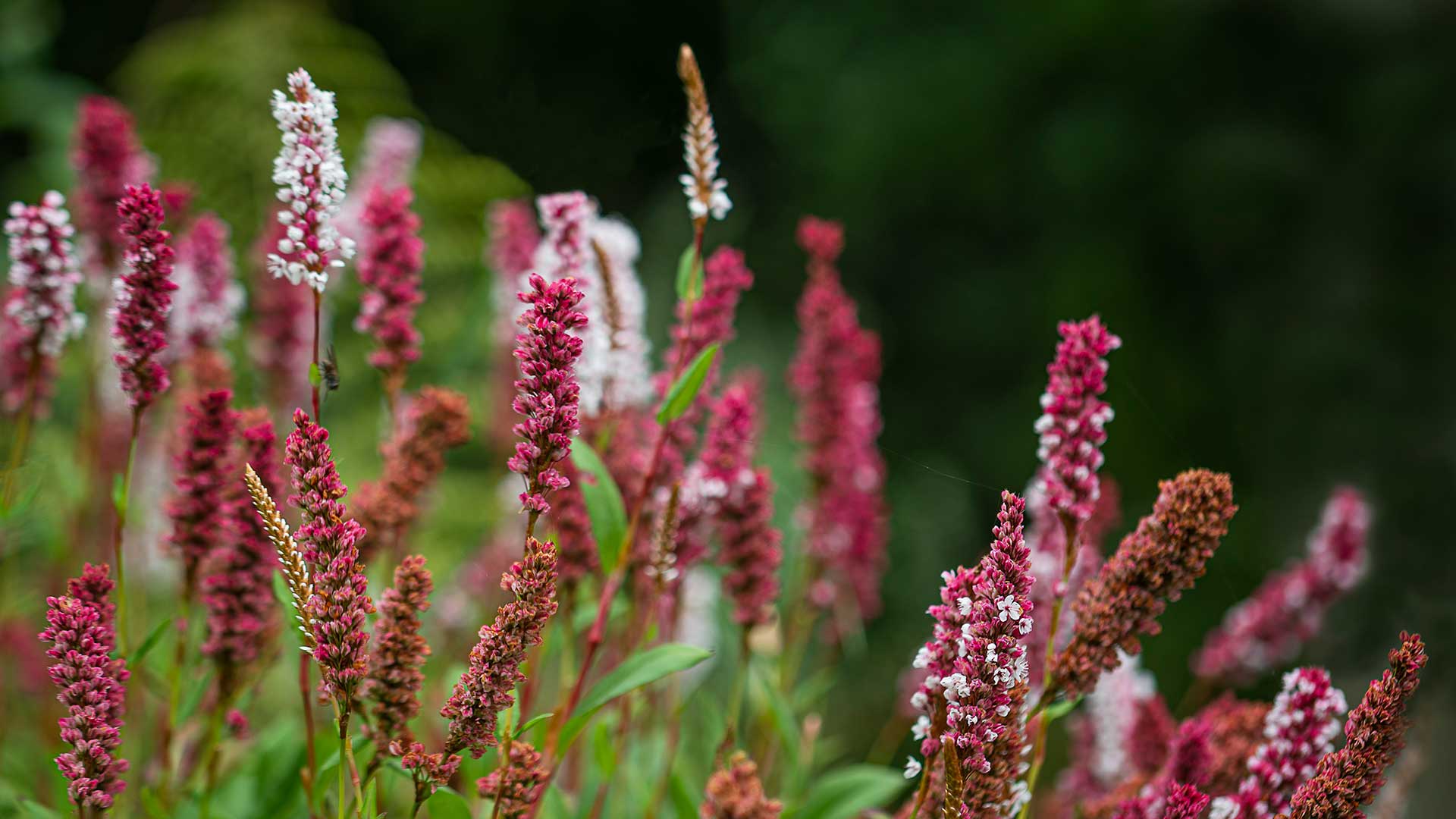
This pretty plant will attract pollinators to your garden
“Another wonderfully rewarding and long flowering perennial, and one I would highly recommend, is the lesser known Persicaria affinis,” says Pim. “It is a low growing, 25cm tall, carpet-forming perennial with masses of long pink flower heads which turn a deep red as they mature."
Pim also comments on its evergreen, glossy, oval leaves, which add to its appeal and make it a useful year-round ground cover plant. We think it’s perfect for the quiet luxury garden trend.
It does best in moist soil in full sun to part shade and can be divided every few years. Try it at the front of a border, where it will attract pollinating insects.
You can shop for Persicaria affinis at Crocus.
3. Onions
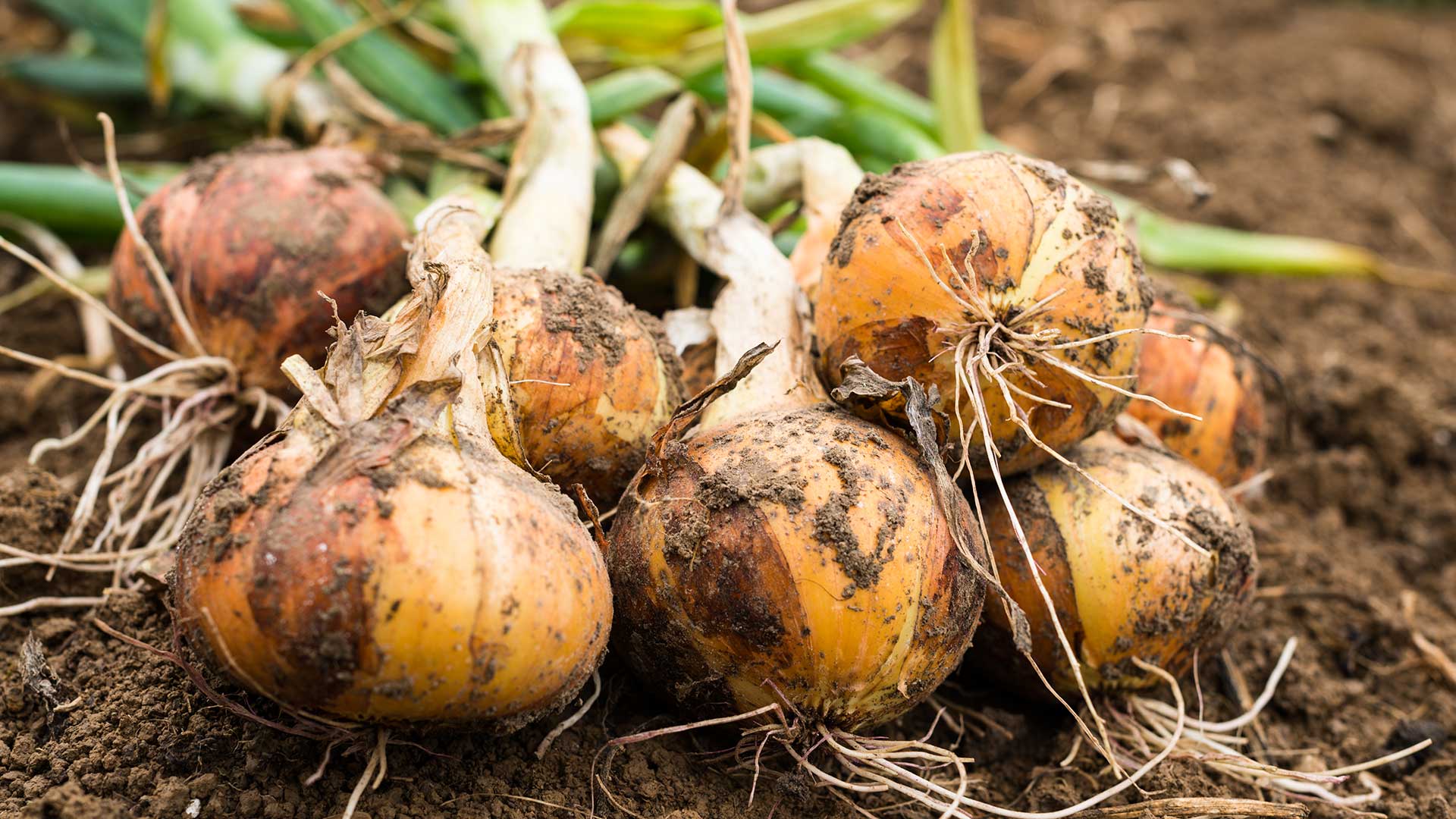
Onion sets can be planted now
If you have a vegetable patch, onions are a great crop to choose when deciding what to plant in March.
You should plant one onion set per cell, in a modular tray, says gardening expert Sarah Raven. She recommends growing them somewhere bright but cool, such as a greenhouse, until the roots show at the holes in the bottom of each cell.
“They’ll be ready for garden planting in about a month, and will get off to a flying start from this strong root system.”
Good varieties for planting now include the reliable "Sturon" onions from Mr Fothergill's Seeds. If you fancy growing red onions, try planting "Red Ray" onion sets from Suttons.
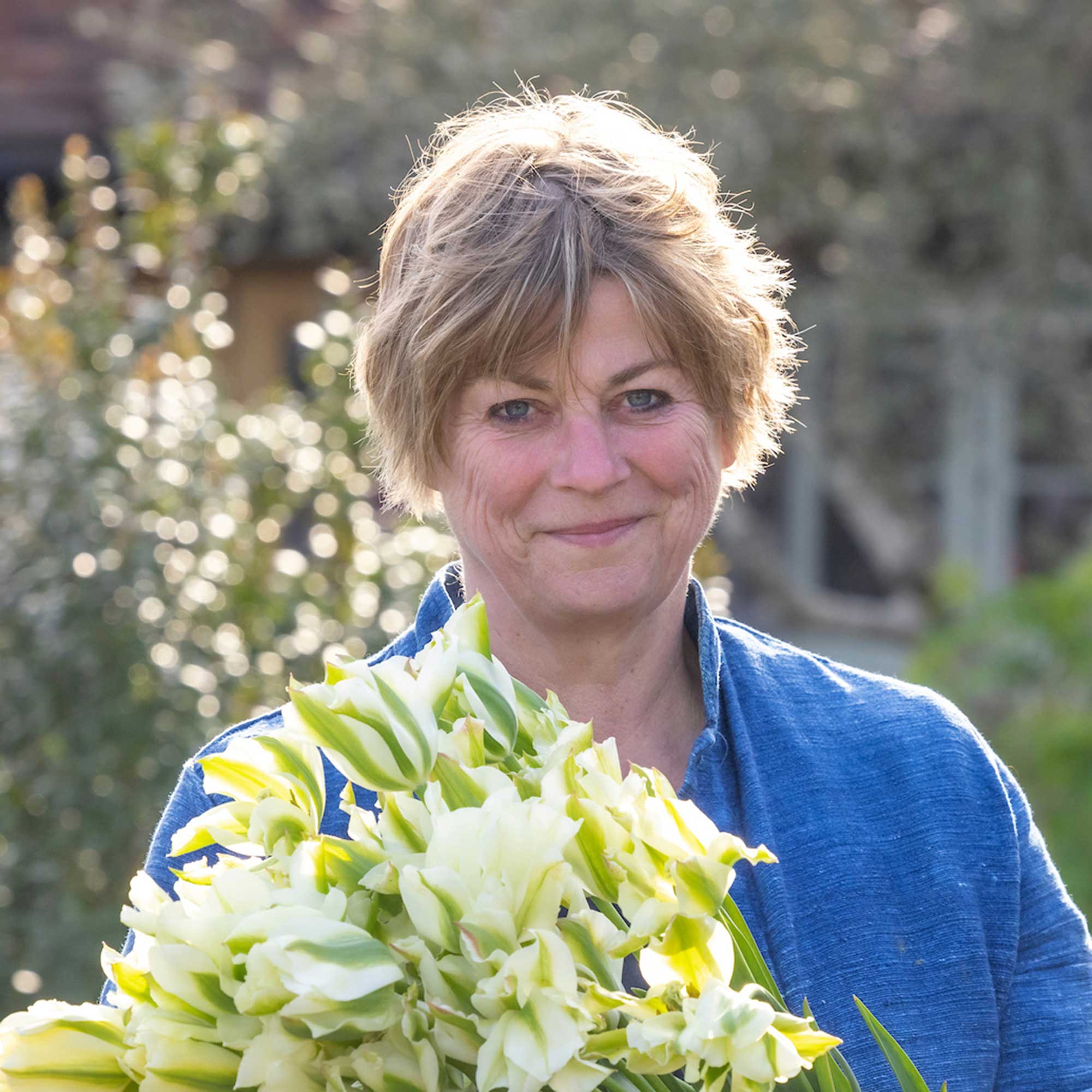
Since the publication of her first book, The Cutting Garden, Sarah has led the way in introducing a new kind of productive gardening. Her aim is to create intense colour and beauty, combined with a practical and easy-to-achieve approach. Her popular gardening podcast Grow, Cook, Eat, Arrange has achieved 3.7 million downloads. She’s published 14 books and runs Sarahraven.com, which services over 600,000 customers.
4. Magnolias
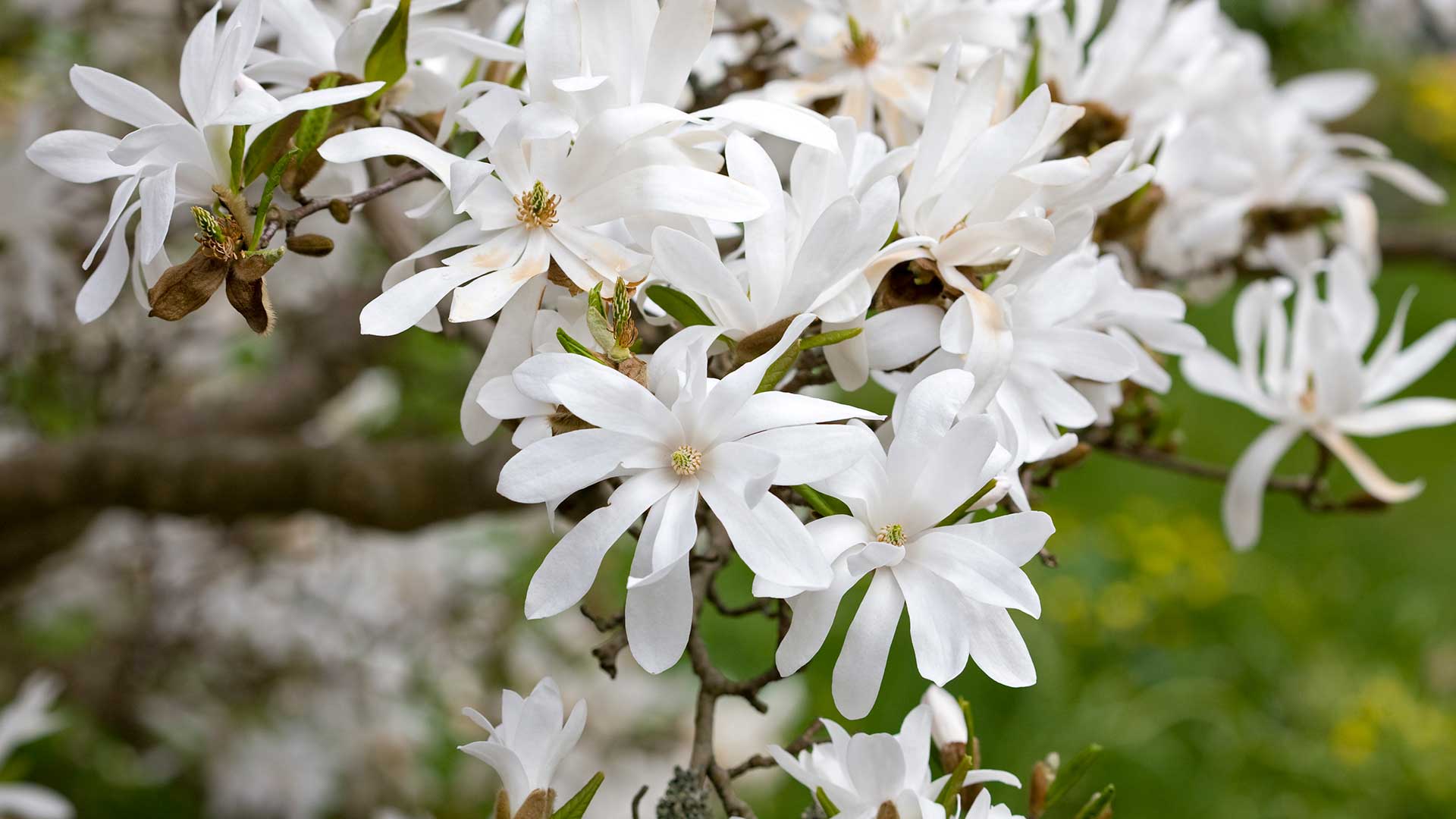
Magnolia stellata is a compact variety
If you’re looking for a tree to brighten your spring garden, magnolias are a great option. “Magnolias are always a big hit, whether it’s a tulip-shaped flower or a more delicate star-shaped Magnolia stellata,” says professional gardener Matt Leigh.
Magnolia stellatas, available from Crocus, are particularly good for small spaces due to their compact size. If you’re choosing this variety, Matt recommends planting it away from windy areas of your garden, otherwise the delicate open flowers will be gone before you know it.
Just like when planting any perennial outdoors at this time of year, ensure the ground isn’t frozen. It’s also worth preparing the soil by digging in plenty of compost beforehand – if you’re looking for sustainable gardening ideas, you can try making your own. Note that magnolias are slow-growing trees, but some varieties can grow very large over time, so double-check before you settle on your planting location.
Water them regularly as they establish, and don’t worry if they don’t flower for the first couple of years – it’ll be worth the wait.

Matt Leigh is an inspiring gardener, garden designer and landscaper responsible for the project management of ITV’s Love Your Garden with Alan Titchmarsh. Matt thrives on designing and transforming neglected spaces into life-changing dream gardens, and also enjoys delivering show gardens and private garden builds with his team at Matt Leigh Gardens.
5. Tomatoes
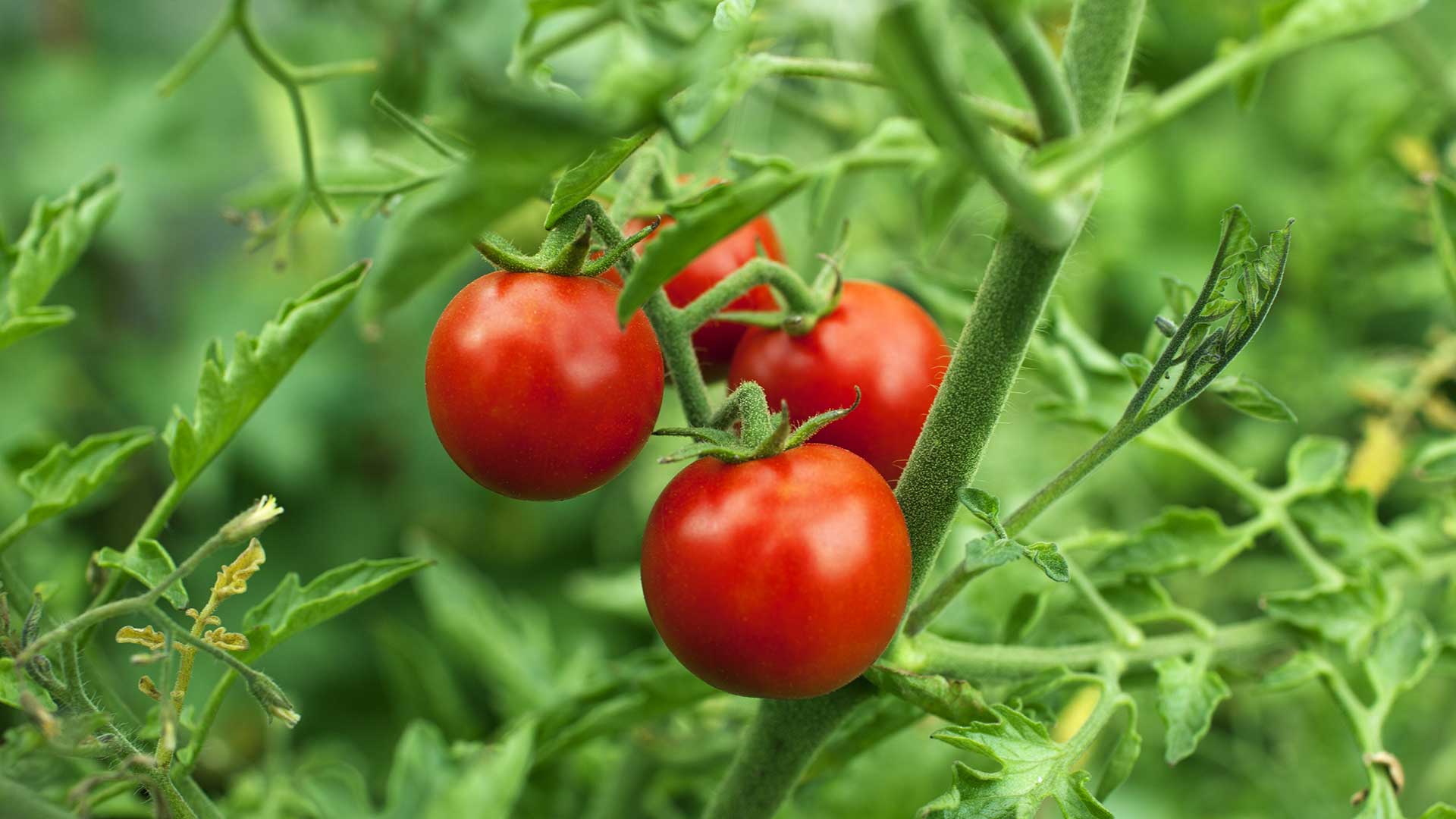
Start your tomatoes now to give them plenty of time to grow
Nelly Hall from bespoke greenhouse manufacturer Alitex says, “To give your tomato plants a head start and shield them from the unpredictable weather conditions, you should sow your tomato seeds in the greenhouse in early March.”
She recommends choosing early-maturing tomato varieties that can withstand cooler temperatures such as “Sungold”, “Black Opal”, or “Geronimo”.
You can shop for “Sungold” tomato seeds from Suttons.
“Fill seed trays or individual module trays for easier potting on, with a rich, well-draining potting soil, and sow seeds half an inch deep and one inch apart,” Nelly instructs. “Top them with a thin layer of vermiculite, water thoroughly, and place in a heated propagator.
“When your tomato plants reach around 18 inches in height, you will need to provide them with structural support,” Nelly continues. “Two popular options are using string and canes or installing plant supports in your greenhouse. String and cane setups offer flexibility and adjustability as your plants grow, while vine wires provide a more permanent solution that integrates seamlessly with your greenhouse framework.”
6. Early potatoes
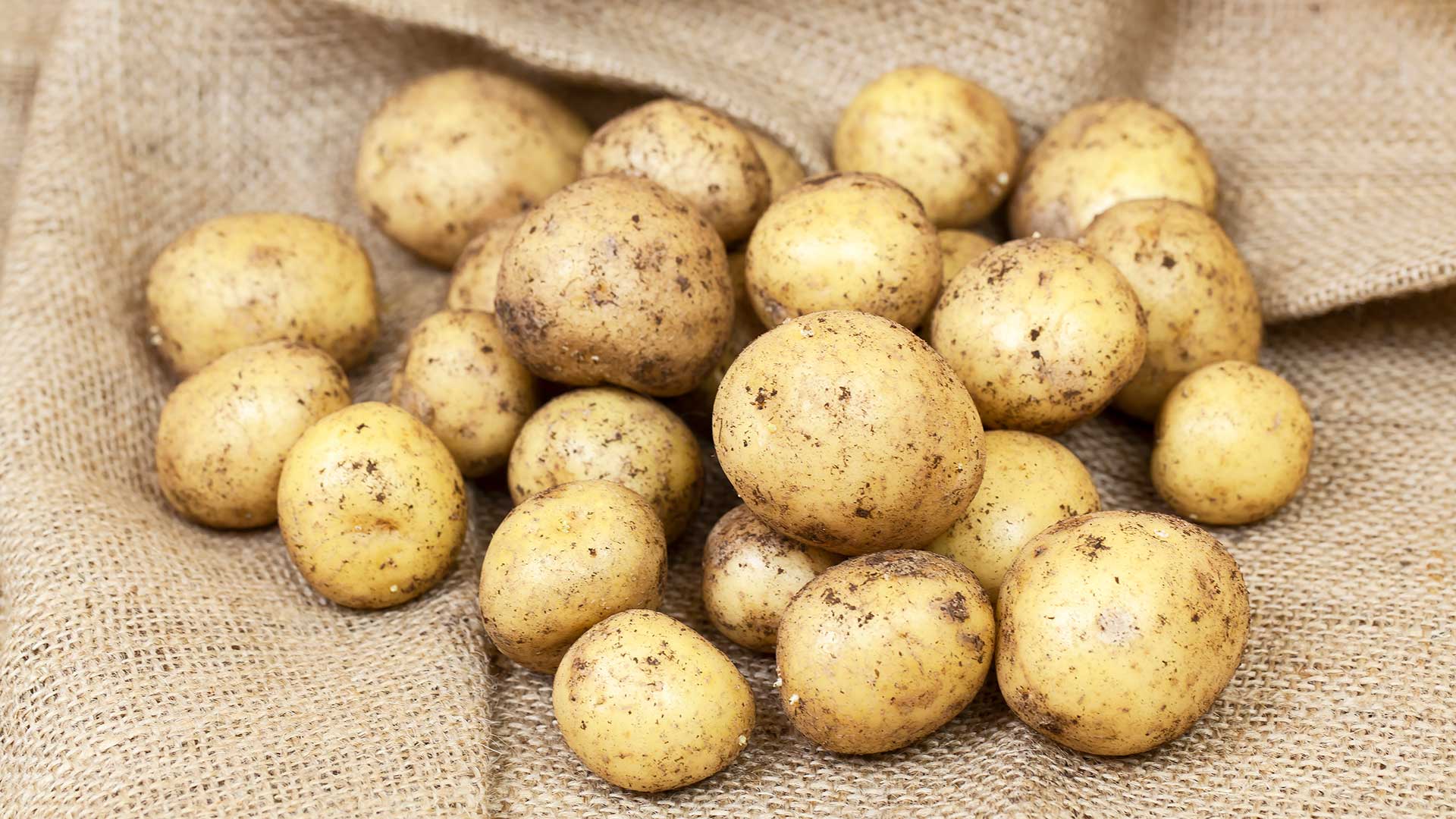
Potatoes are easy to grow in pots and beds
"March is the perfect month to plant chitted early potatoes outside," says Hannah Rowson of J.Parker's. "Early potatoes, as the name suggests, are the earliest variety you can harvest. They are more commonly referred to as 'baby potatoes' or 'new potatoes'."
Choose a sunny spot with fertile soil, plant with the sprouts facing upwards, and water in. "If you're unable to find space in your garden or allotment, you can effortlessly grow potatoes in a grow bag," Hannah adds.
Try the "Arran Pilot" early potatoes from Suttons – a well-favoured variety.

Hannah Rowson has been with bulb specialist J.Parker's for over eight years. RHS qualified, Hannah is a fountain of knowledge for all things gardening and horticulture, and has even had her garden designs displayed at the RHS Tatton Flower Show.
7. Camellia
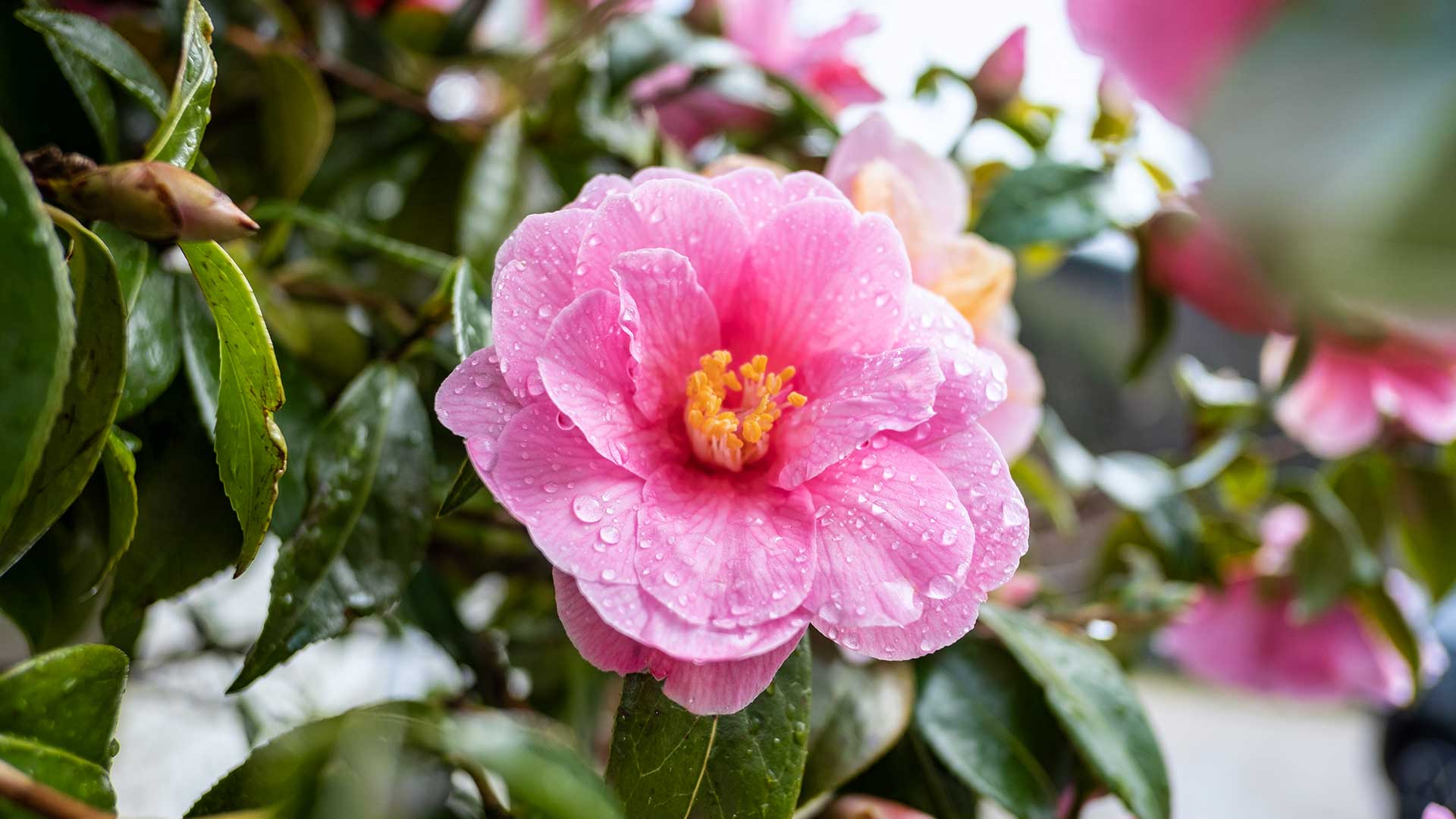
Camellias are a good shrub for shadier spots
Matt also recommends camellias for planting in March. They're a great evergreen shrub for acid soil conditions, in part to full shade, he says.
Many varieties showcase their beautiful, peony-like blooms this month, in shades of red, white, or pink. The "Black Lace" camellia from Crocus is a lovely choice, and can be planted as part of a hedge. We think they're a pretty addition to a cottage garden.
"Be sure to plant away from morning sun, as this can damage the development of the buds," Matt adds.
8. Chillies
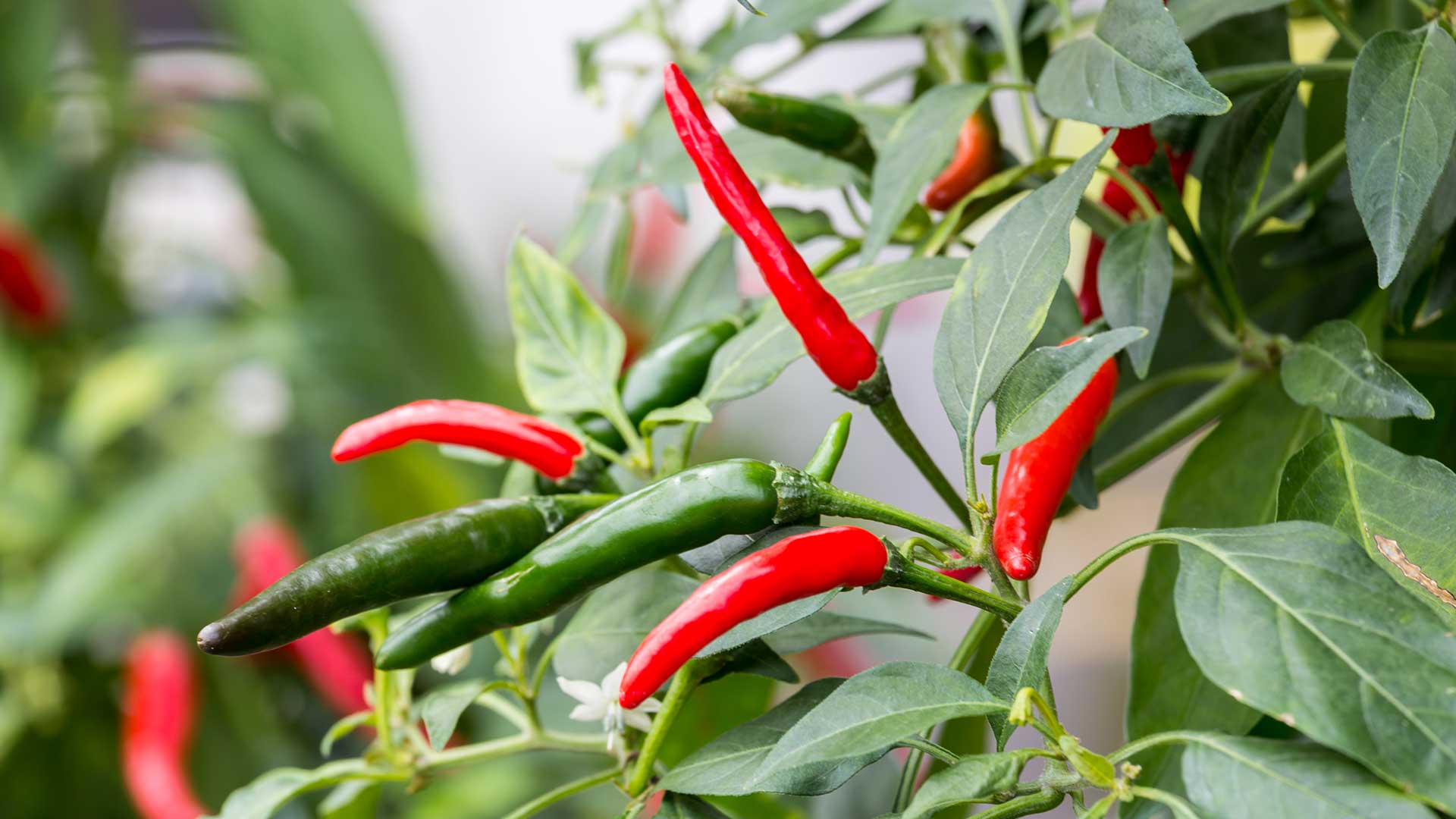
Chillies are a fun crop to sow and grow
Chillies are another fabulous option for what to plant in March if you’re trying out the grow-your-own-crops garden trend this year. They are ideal for a greenhouse or even a sunny windowsill.
Planting chillies in March gives them enough time to mature before the end of summer, says Nelly.
“To start, fill some small pots with a good quality potting mix, water well and place one seed just below the surface of the soil. Place the seeds in a heated propagator at a temperature of 18–25°C to aid with germination. After seven to ten days, the seeds will start to sprout.”
There is a huge variety of chillies you can grow at home, from the super hot "Chocolate Habanero" from Suttons to the milder "Galaxy Red", also from Suttons.
Just remember to label your plants, as Nelly highlights – especially if you are growing ones with varying levels of spiciness.
FAQs
What bulbs can you plant in March?
If you didn't plant them in February, you can plant dahlia tubers now in pots or trays indoors – don’t plant them outdoors just yet.
Other summer-flowering bulbs for planting in March include lilies, gladioli, freesias, and crocosmia, Sarah Raven lists.
"Generally, summer bulbs should be planted in a sunny spot in well-draining soil," says Marcus. "However, some bulbs may favour different conditions so make sure you read the packaging."
What vegetables can you sow in March?
If you're wondering what to plant in March in terms of veggies, you're spoilt for choice.
Sarah says, “You can start sowing veg under cover such as courgettes, leeks, peas, beetroot, and cucumbers; and broad beans can be sown direct outside. I’d also cover some soil with plastic to dry it out, before directly sowing carrots, parsnips, and radishes.”
She says she’ll be planting asparagus crowns, early potatoes, onions, and garlic, too.
Do you need to harden plants off before planting in March?
There is still the chance of a cold snap at this time of year, says Pim. So, if you’re planting outdoors, the plants should be hardy varieties.
However, plants bought from a garden centre or online retailer are likely to have been nurtured in a protective environment, he points out. "Therefore, even hardy varieties should be properly acclimatised to outdoor conditions before being planted out permanently."
You can place them in a cold frame for a couple of weeks to do this, he says. Alternatively, put them outdoors in a sheltered spot for a few hours every day. You can then bring them back inside or into a sheltered location as temperatures fall in the late afternoon.
"Extend the time they spend outdoors over two weeks or so, then they will be fully accustomed to outdoor conditions. They can then be planted outside, without being shocked or stressed by the climate change, and will grow away strongly to give the best possible garden performance.”

The garden was always a big part of Holly's life growing up, as was the surrounding New Forest where she lived. Her appreciation for the great outdoors has only grown since then; she's been an allotment keeper, a professional gardener, and a botanical illustrator. Over three years ago, Holly started writing about plants and outdoor living full-time, first for Gardeningetc.com and now for popular lifestyle titles such as Homes & Gardens.
-
 How to watch Race Across the World from anywhere - stream the BBC reality series online
How to watch Race Across the World from anywhere - stream the BBC reality series onlineThe acclaimed reality series is back for a highly anticipated fifth outing, and there's no need to miss out on any of the action
By Lucy Wigley
-
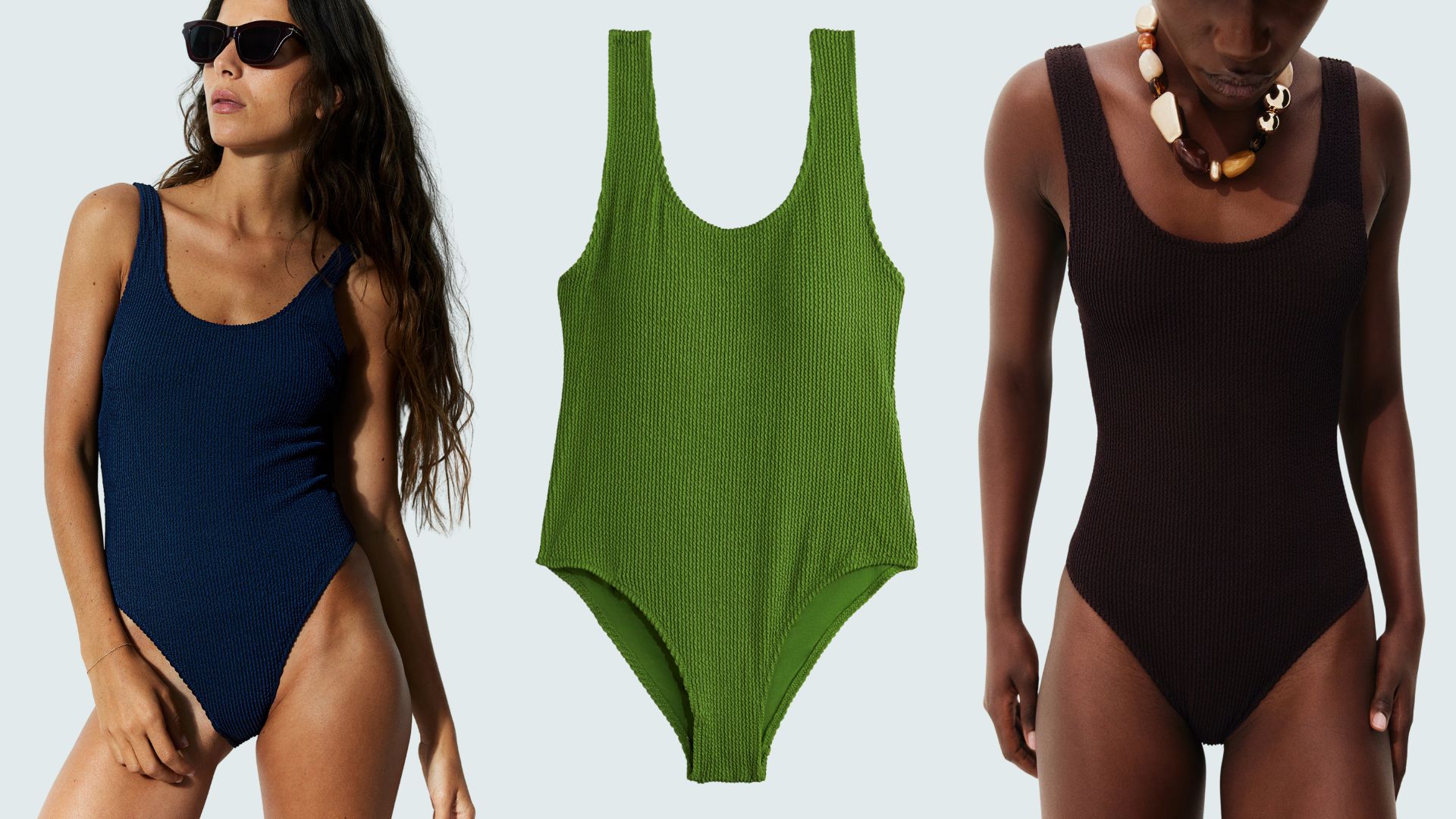 I thought my swimsuit buying days were done after splashing out on a designer style - then I discovered this must-have H&M option
I thought my swimsuit buying days were done after splashing out on a designer style - then I discovered this must-have H&M optionPriced at just under £25, the H&M padded-cup swimsuit seriously surprised me
By Caroline Parr